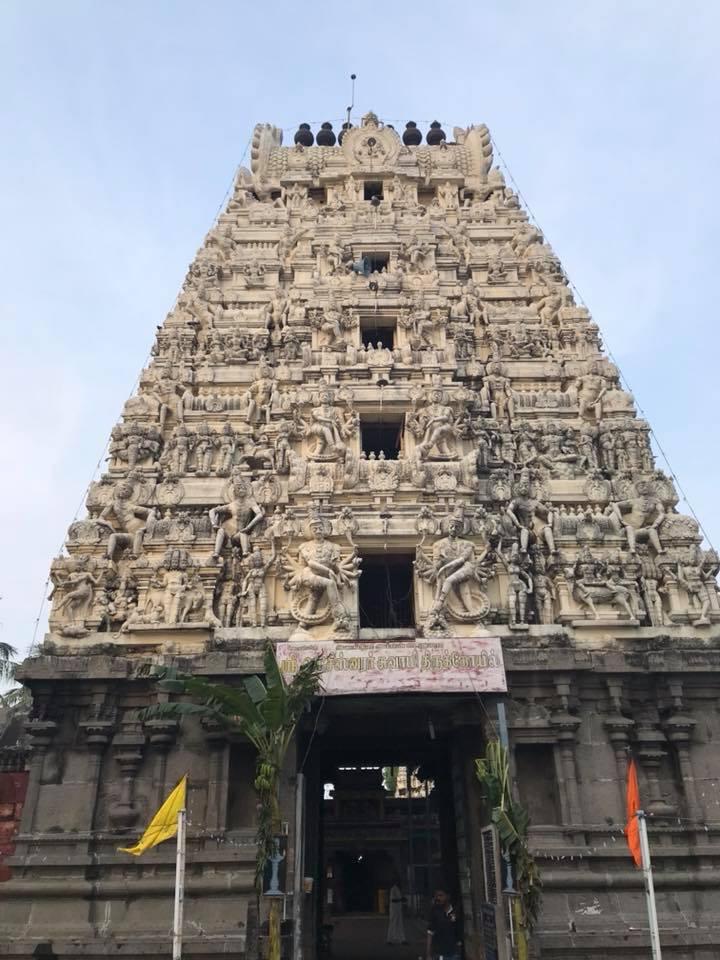The history of the Aksheeswaraswamy Temple is deeply rooted in a legendary event involving three cruel demons—Tharaka, Kamalaksha, and Vidhyunmali—who, having gained immense powers through intense penance to Lord Brahma, began terrorizing the Devas. Unable to face the demons, the Devas sought the help of Lord Shiva. In response, Lord Shiva combined both earth and heaven and marched to battle the demons. However, in his eagerness to wage war, Lord Shiva overlooked an important protocol: the worship of Vinayaka before undertaking any significant work. The Devas, in their haste to support Lord Shiva, also ignored Vinayaka.
Angered by this oversight, Vinayaka halted Lord Shiva's advance by breaking the axis of His chariot, an act that caused a delay in the march. In Tamil, the word for axis is Achu, and it is said that Lord Shiva realized His mistake and sought Vinayaka’s help. Obeying His father's request, Vinayaka allowed the march to continue, and this event gave rise to the place being known as Achu Iru Bagam (where the axis broke), which later evolved into Achirupakkam. Hence, the presiding deity here is Atcheeswarar, a manifestation of Lord Shiva.
Administration History :
The temple has a long history of royal patronage, with contributions from Chola kings like Rajendra Chola, Kulothunga Chola I, and III, as well as Pallava king Nirupathungavarman. Their endowments included lands, perpetual lamps, and precious donations to support temple rituals. Currently, the temple is maintained by the Tamil Nadu HR&CE Department, with major renovations and Maha Kumbhabhishekams conducted in 2001 and 2019 to preserve its heritage and cater to devotees.
